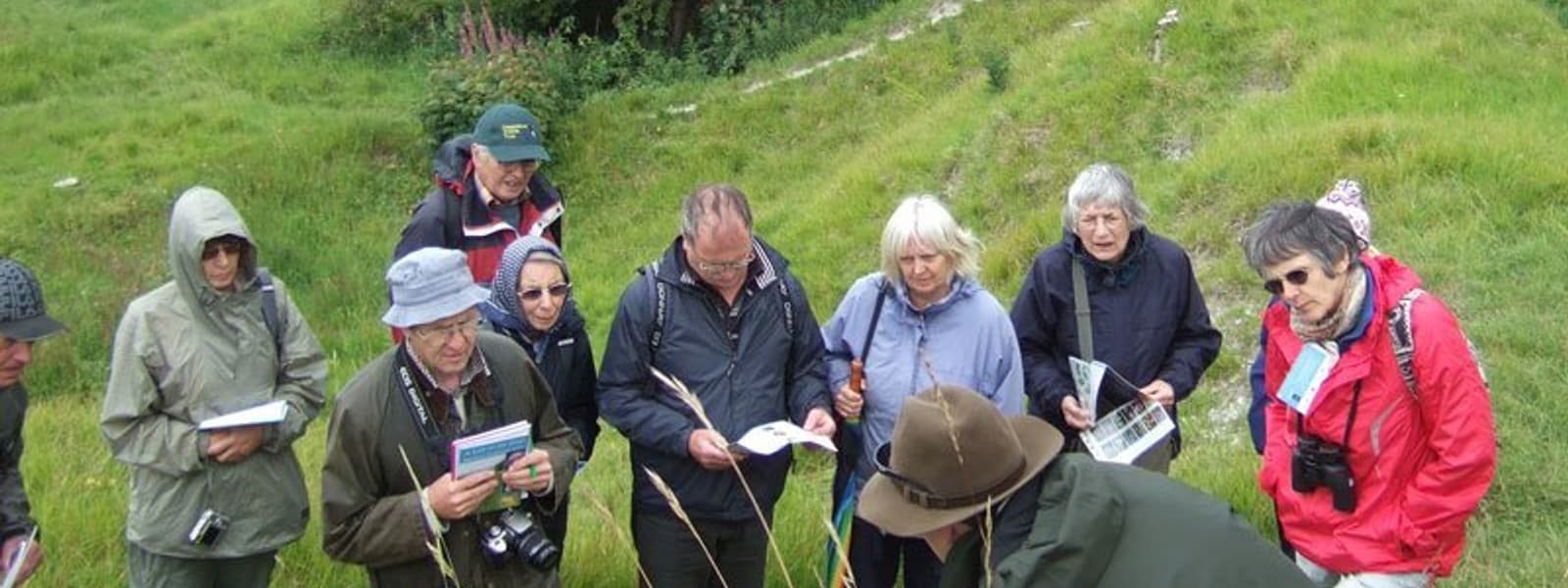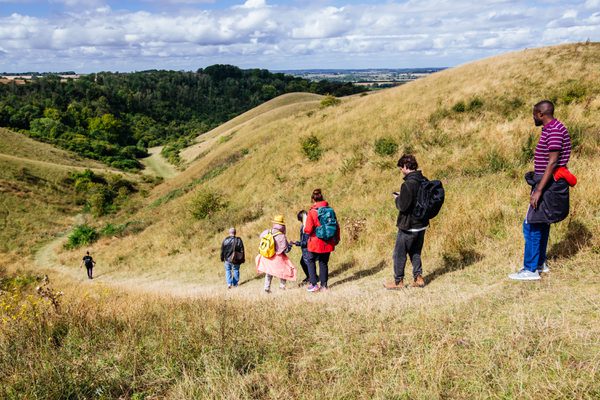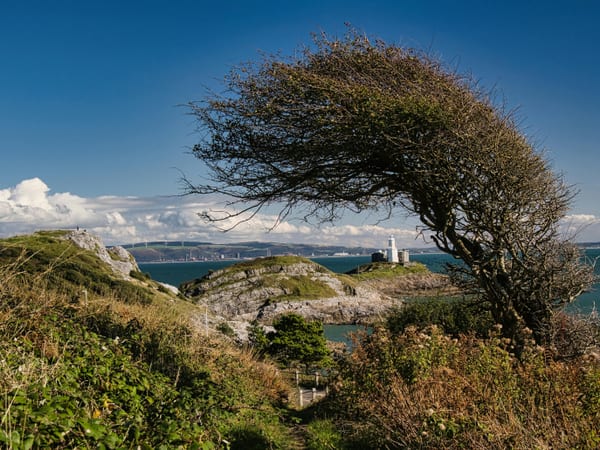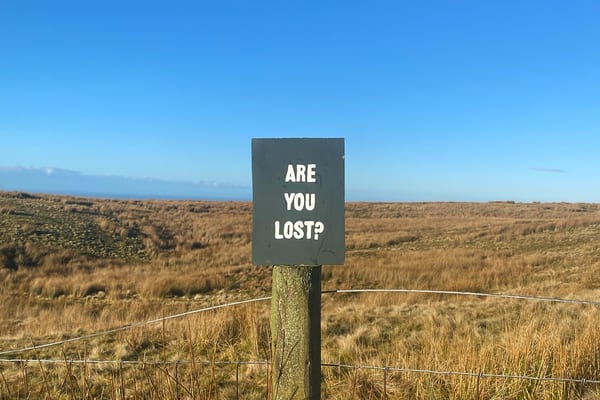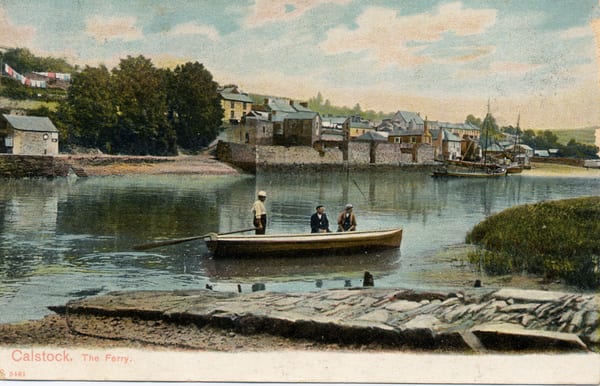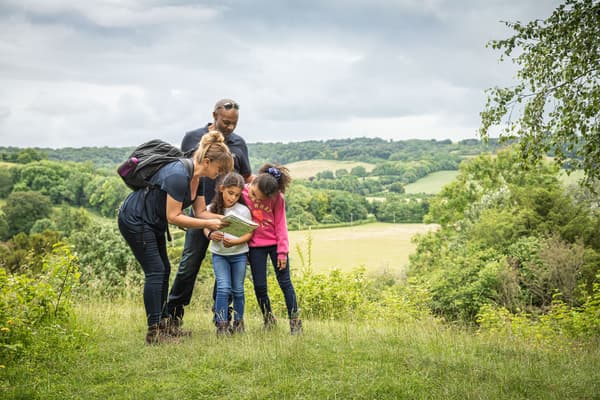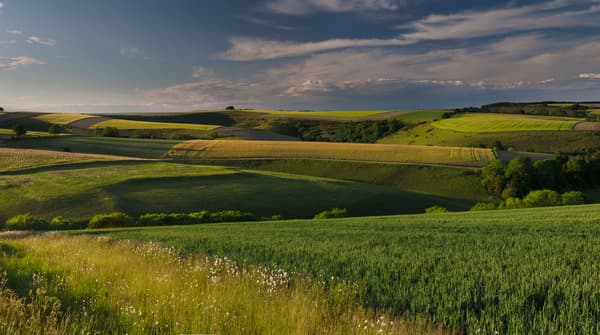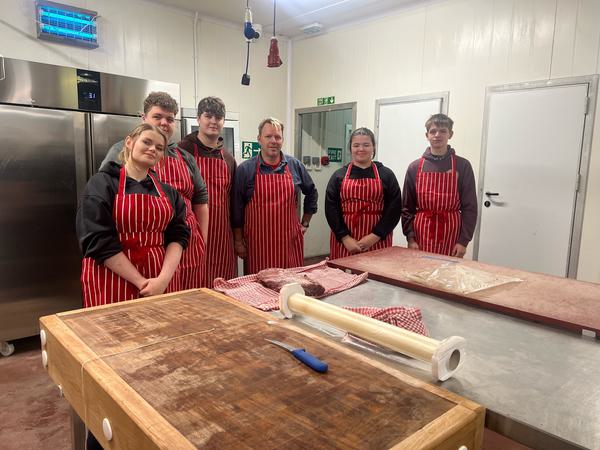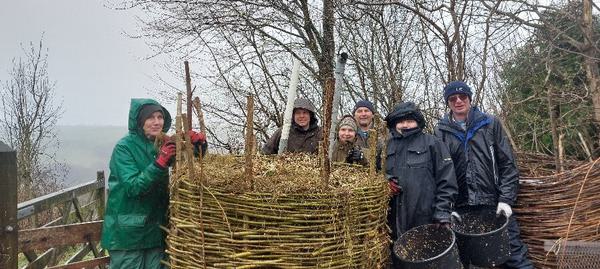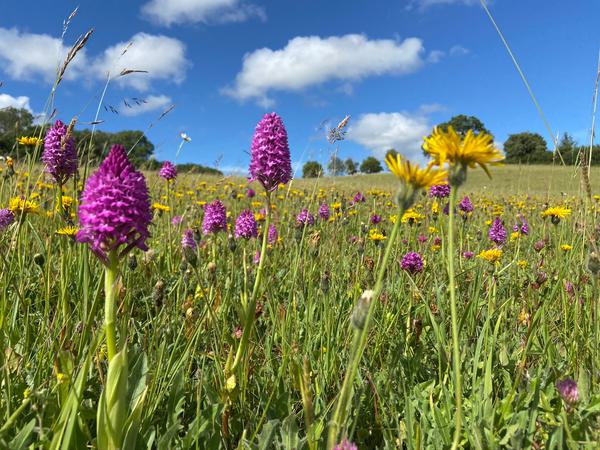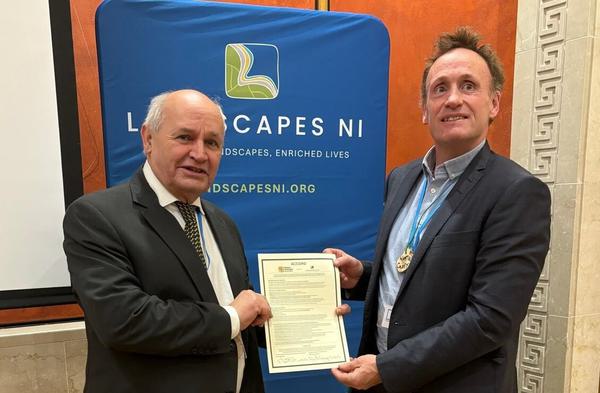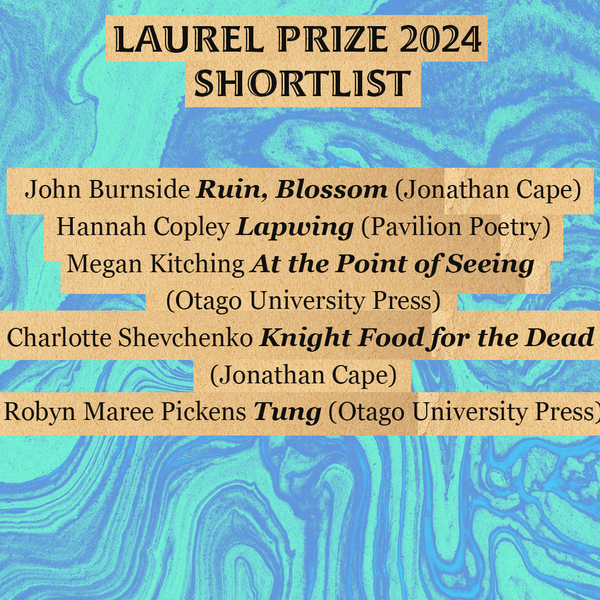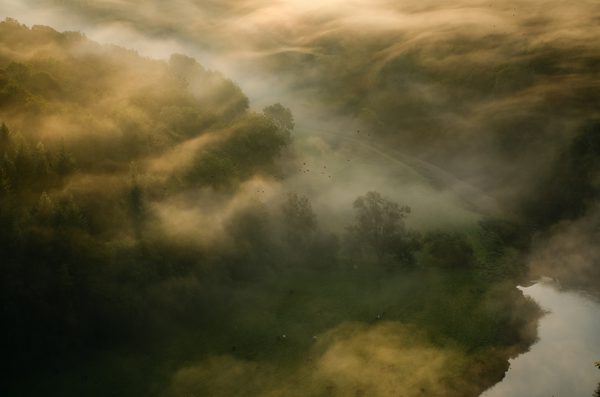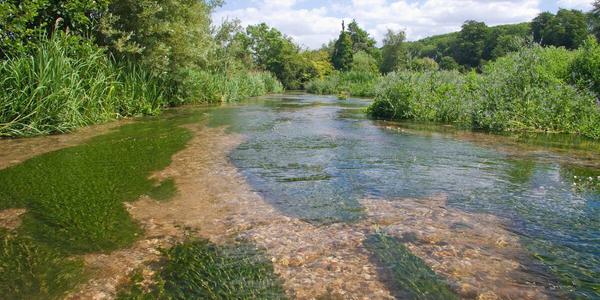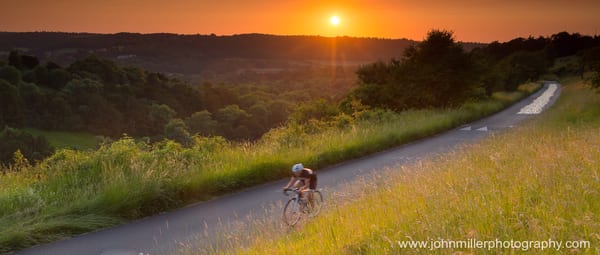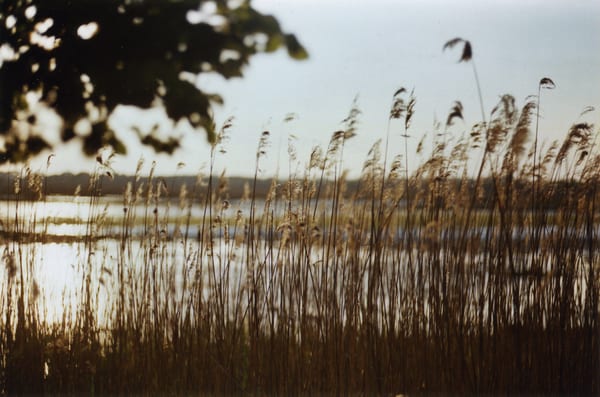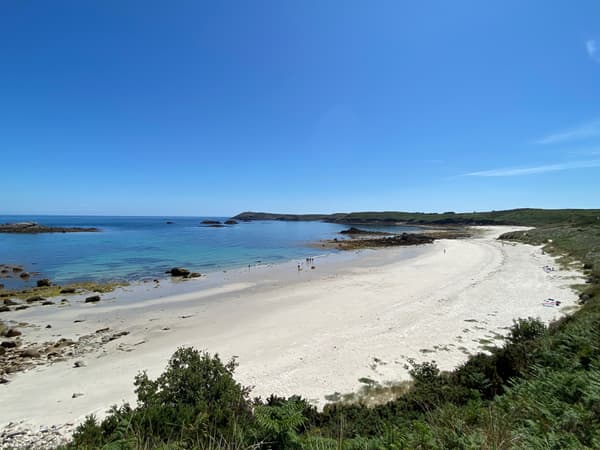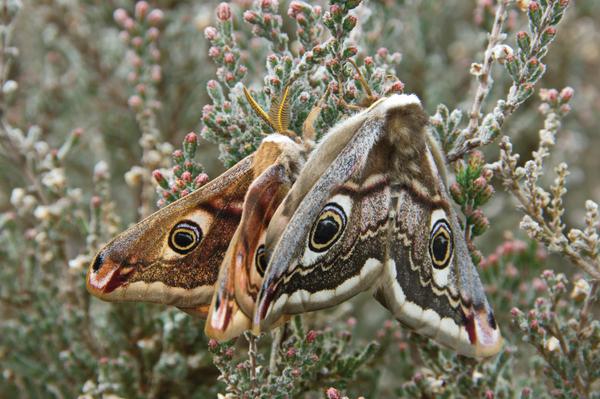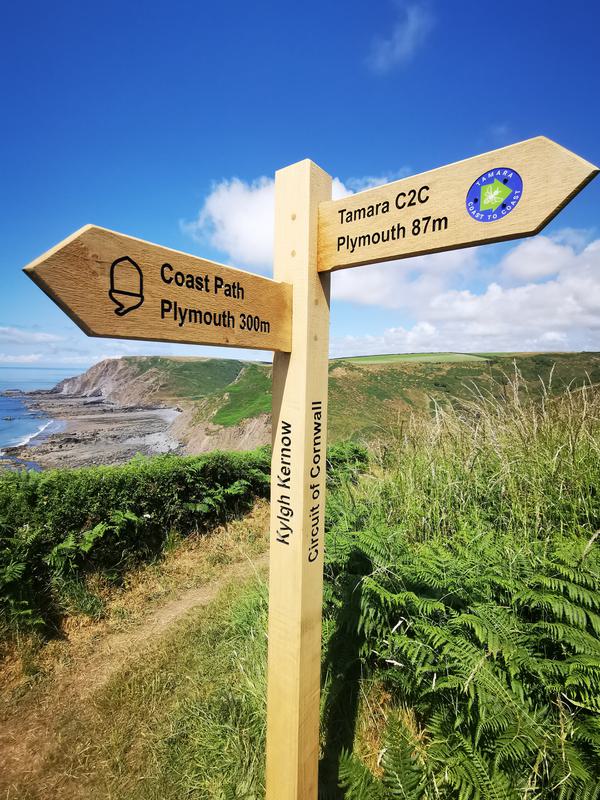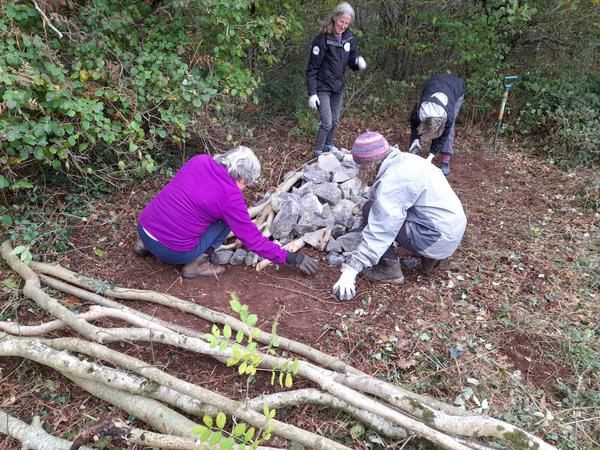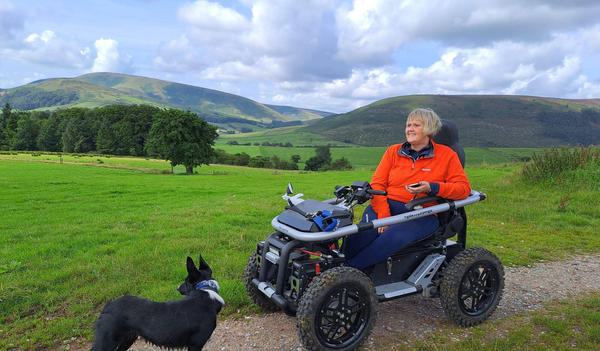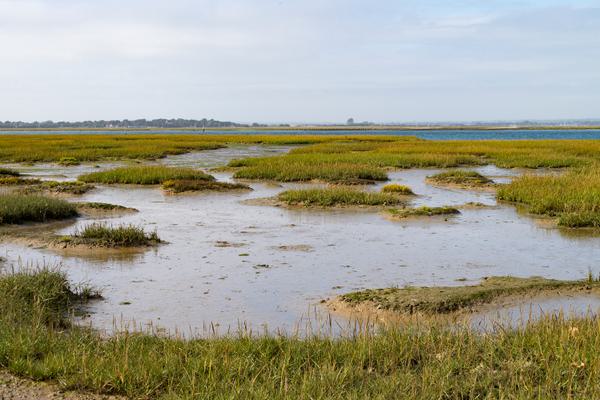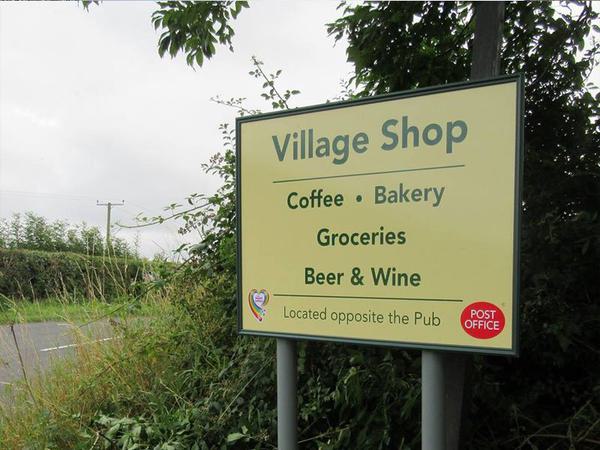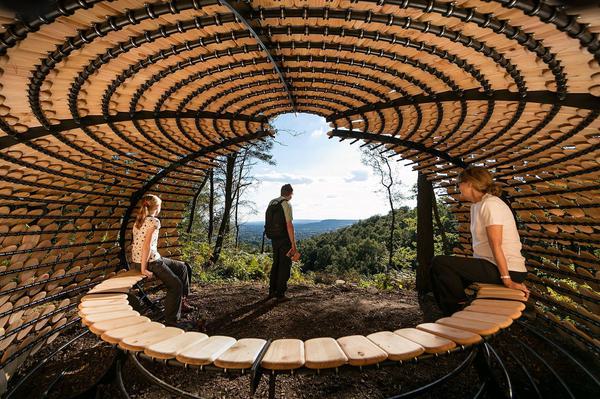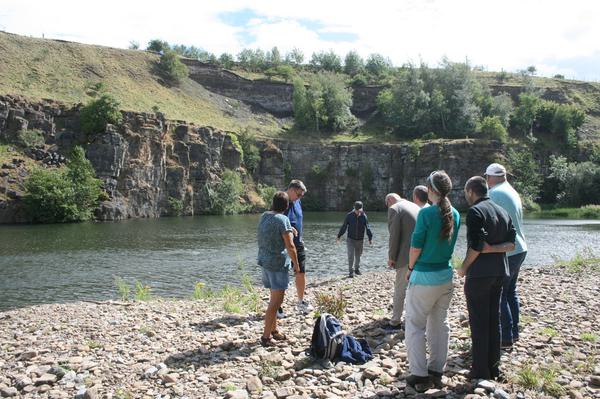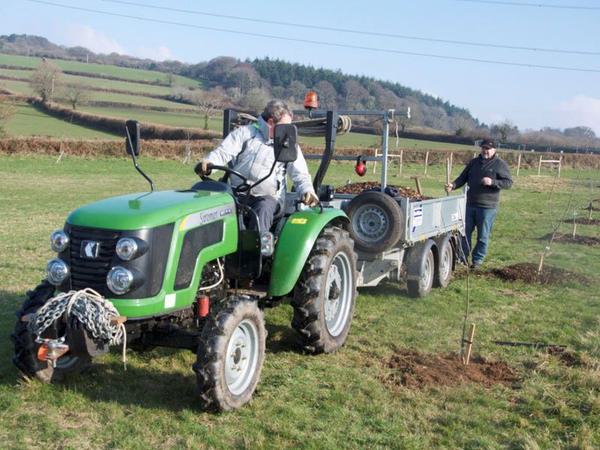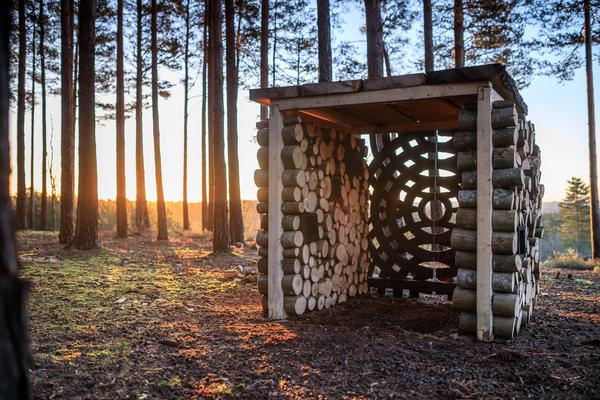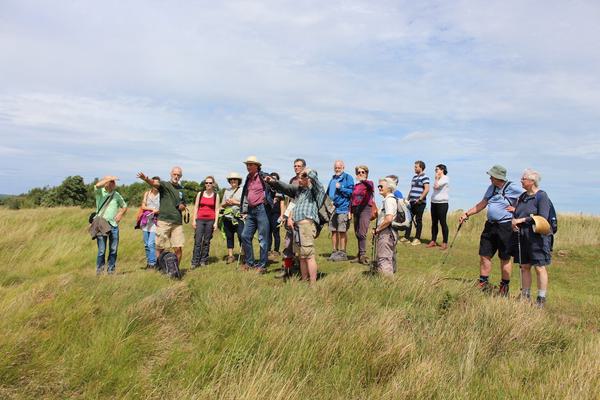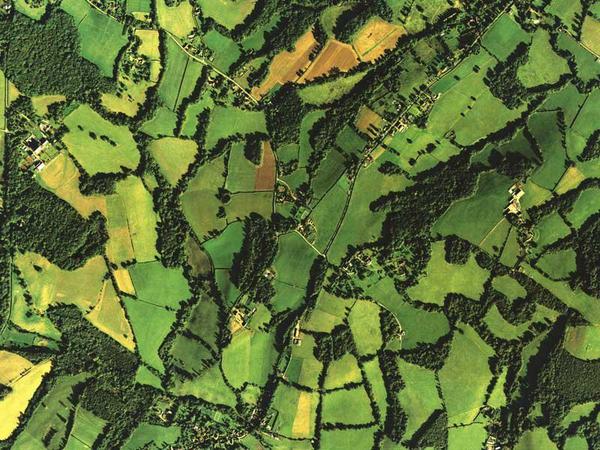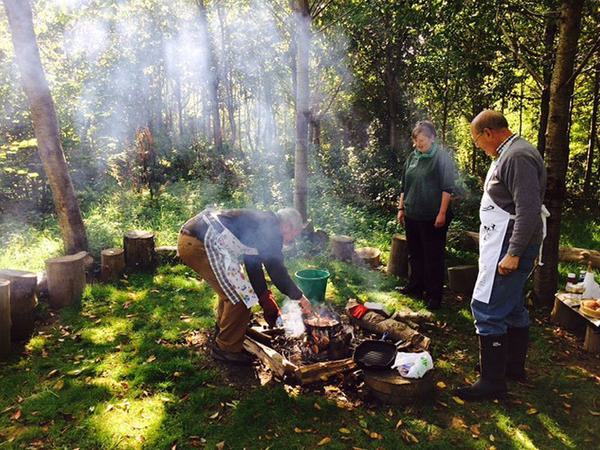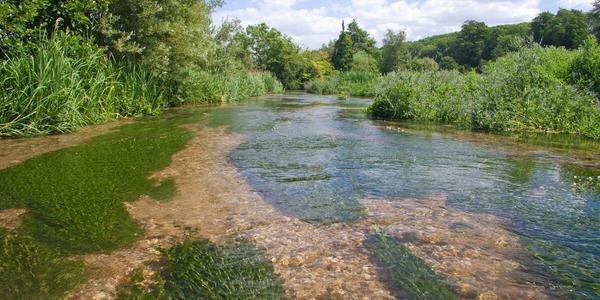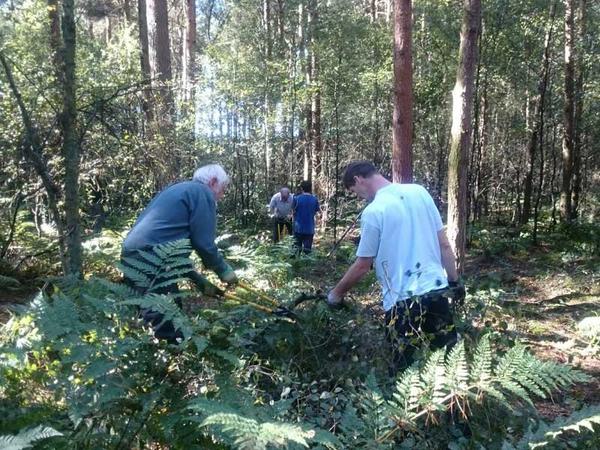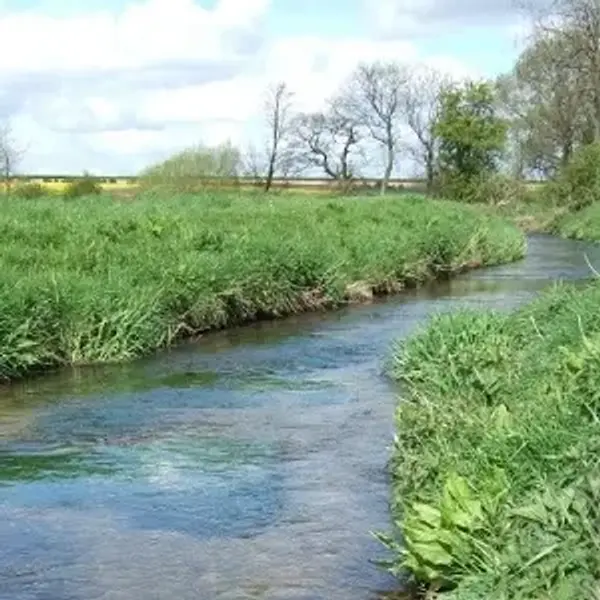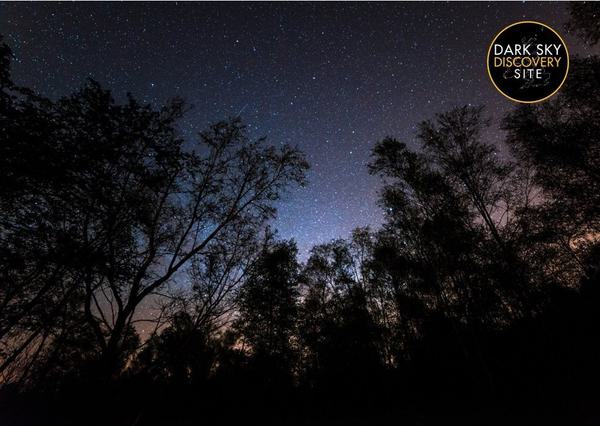Life on the Verge and Meadow Network
Overview
Although much of the Wolds has long been under the plough, grassland habitats remain a very important landscape and wildlife resource. The majority of the Wolds’ grasslands and rough pastures are found on the steep slopes where soils are thin and the ground hard to cultivate, in the valley bottoms as lush pastures and wet flushes, and in disused quarries. A key distinctive landscape feature of the Lincolnshire Wolds is the grassed roadside verges, and the wider network of green lanes. Those found alongside ancient routeways commonly provide the most flower-rich verges and are thought to form remnants of pre-enclosure pastures. Road verges represent a vital opportunity to link the few remaining patches of species-rich grassland across the landscape. A well cared for network of verges can act as green corridors that help plants and animals move as they need to cope with disturbance and adapt to climate change.

What was done
The Life on the Verge Project has been particularly good at encouraging and developing a network of volunteers who have been very active in surveying the roadside verges throughout the AONB – attaining 100% coverage over three years. This work has been instrumental in updating and extending our knowledge of the roadside verge habitats, and especially identifying those areas in most need of special protection and enhancement. This project has evolved to create links and stepping stones of wildflower meadows by creating and managing demonstration sites, community projects, holding events and training days. Working together, a range of volunteers, local businesses and social care organisations collected local wildflower seed and green hay from reserves including Lincolnshire’s Coronation Meadow, and to propagate wildflowers of local provenance for use on project sites.
Outputs/Outcomes
Life on the Verge
- Ran between 2011 and 2013, funded by the Heritage Lottery Fund, Lincolnshire County Council (LCC) and the Lincolnshire Wolds Countryside Service.
- Volunteers surveyed roadside wildflowers along 1115km (690 miles) of road in the wider Wolds landscape.
- Involved over 1100 hours of volunteered time from over 100 volunteers.
- Ran 31 Wildflower Identification Field Classes for over 390 attendees.
- 68 talks raising awareness of wildflower conservation (audience over 1,400).
- identified 71 new candidate Local Wildlife Sites along 82km (50 miles) of road in the Wolds accounting for 87 ha (215 acres) of verge.
Wildflower Meadow Network
- Ran between 2014 and 2017, funded by the Heritage Lottery Fund, Lincolnshire County Council (LCC) and the Lincolnshire Wolds Countryside Service.
- Engaged and worked directly with 8 AONB landowners and tenant farmers assisting in the restoration of over 15ha of chalk and neutral grassland.
- 11 talks to community groups (total audience of c.195).
- 58 volunteers restored wildflower grassland in 4 community green spaces.
- Established 6 new community meadows within close proximity of the AONB.
- Worked with over forty 15 to 17 year olds on practical tasks through National Citizen Service.
- Ran 4 scything courses for community green space management.
- Ran a wildflower propagation workshop for 13 youth group leaders.
- A short film promoting Lincolnshire’s Coronation Meadow in the AONB. To date, the film has reached a wide audience through social media with over 10,000 views on Facebook since January 2017.
- Practical support and conservation guidance at steering groups and conferences for biomass harvesting trials for bioenergy along 10km of road within the AONB in partnership with Lincolnshire County Council, a local estate and green energy consultants.
- Hosted and contributed to a Caring for God’s Acre Conference for best practice in churchyard management and conservation (80 attendees).
- In association with Plantlife’s annual National Meadows Day on the 2nd July, three local meadow awareness raising events were organised in the Wolds, attracting 80 visitors and contributing to over 100 events across the UK.
- Involvement of adults in social care in meadow restoration and wildflower propagation at LWT head office grounds in Horncastle. Working with 6 Clarence House (Horncastle) residential home volunteers on a fortnightly basis to provide vital health and wellbeing benefits.
Learning
Effective community engagement, appropriate use of available technology on a tight budget, staff and volunteer skills development, application of lessons learned from previous Wildlife Trust project.
Further information and links
Quote from project manager:
"This project was delivered by Lincolnshire Wildlife Trust. We built on our existing work in the county and extended our public outreach to hit big targets on a tight timescale. Working with the AONB meant we could hit the ground running with match funding and local community contacts. The legacy these projects leave is a knowledgebase for wildflower meadow restoration; over 15ha of restored land within the AONB; a mapped dataset of wildflower-rich road verges; champion landowners; community green space champions and conservation guidance for potentially self-funding vegetation management on verges in the future."
Quote from participant:
"The months I spent exploring the often hidden wildflowers of the narrow mid-summer lanes encouraged me to look closely for wildlife and colour at a small scale. However, the project demonstrated that by combining the efforts of individual volunteers, the wildflowers of these seemingly isolated lanes could potentially be joined together to form a landscape-scale network. This understanding has helped inspire me to create a series of wildflower belts around arable fields on the family farm, which although narrow combine to form long corridors of flower-rich habitat" – Will Brown, Glebe Farm near Horncastle.
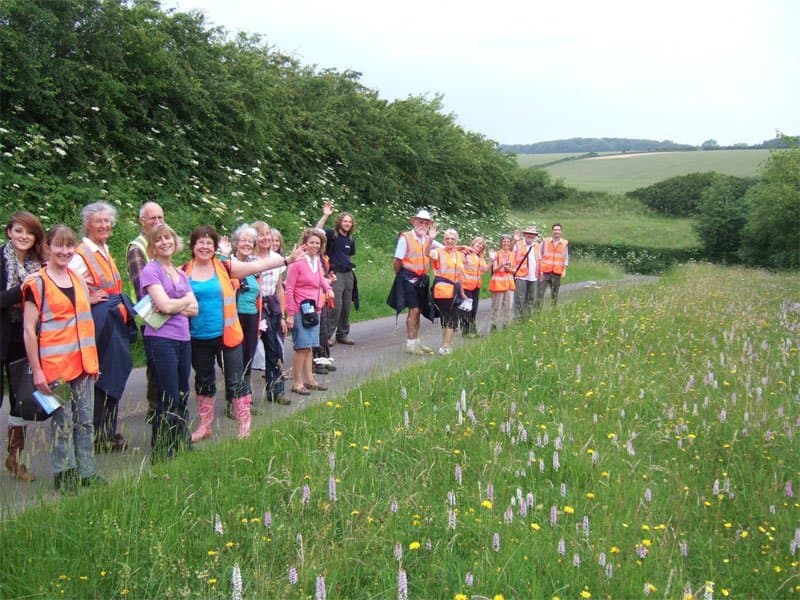
This project was delivered by Lincolnshire Wildlife Trust. We built on our existing work in the county and extended our public outreach to hit big targets on a tight timescale. Working with the AONB meant we could hit the ground running with match funding and local community contacts. The legacy these projects leave is a knowledgebase for wildflower meadow restoration; over 15ha of restored land within the AONB; a mapped dataset of wildflower-rich road verges; champion landowners; community green space champions and conservation guidance for potentially self-funding vegetation management on verges in the future.
Project Manager
The months I spent exploring the often hidden wildflowers of the narrow mid-summer lanes encouraged me to look closely for wildlife and colour at a small scale. However, the project demonstrated that by combining the efforts of individual volunteers, the wildflowers of these seemingly isolated lanes could potentially be joined together to form a landscape-scale network. This understanding has helped inspire me to create a series of wildflower belts around arable fields on the family farm, which although narrow combine to form long corridors of flower-rich habitat.
Participant - Will Brown, Glebe Farm near Horncastle
